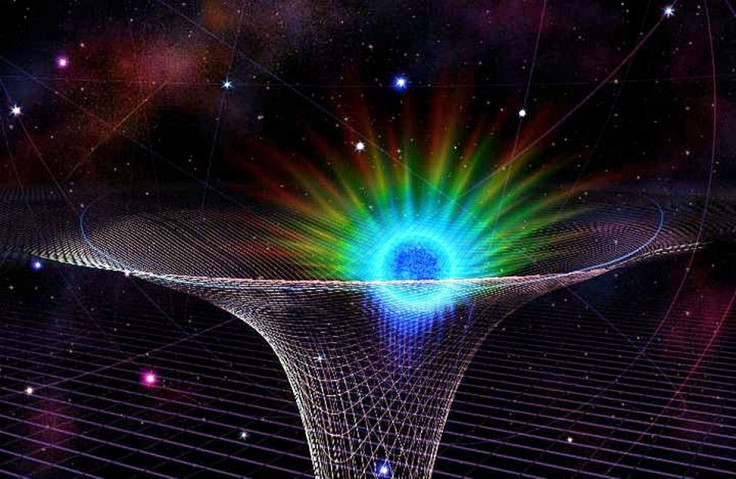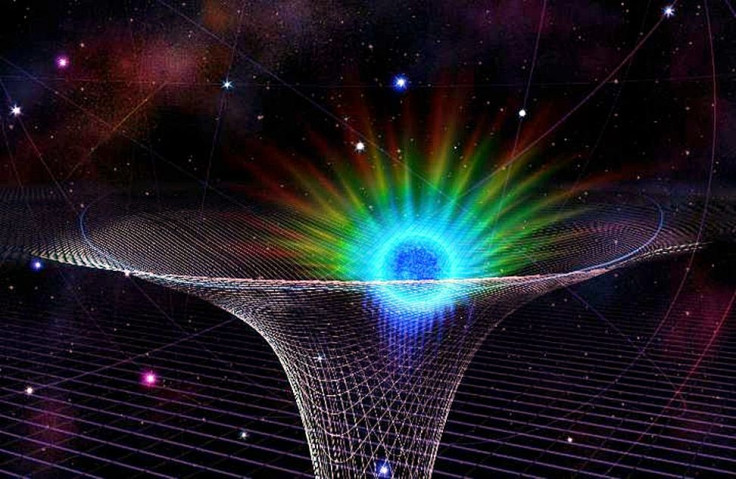Scientists Reaffirm General Relativity By Studying Milky Way Black Hole

Our concept of everything hasn’t been the same since 1905 when Albert Einstein, a math prodigy who had received his PhD from the University of Zurich this same year, published four groundbreaking papers. One of these papers was the now well-known theory of Special Relativity.
This theory taken together with Einstein’s later theory of General Relativity is one of the two pillars of modern physics. The other pillar is the theory of Quantum Mechanics.
Special relativity states the laws of physics are the same for all non-accelerating observers. It also argues the speed of light in a vacuum is independent of the motion of all observers.
Science has marched inexorably onward in the 114 years since the publication of Special Relativity. And, since its the trademark of true science, Special Relativity has been constantly poked-at and challenged but has never been found wanting.
So, too, has General Relativity, which states massive objects cause a distortion or curvature in space-time, that is felt as gravity. Einstein's theory is still the best description we have of how gravity works outside a black hole.
"General Relativity, however, is beginning to fray at the edges but is still holding-up," Dr. Andrea Ghez, a UCLA professor of physics and astronomy, whose research team’s study of a star's orbit near a supermassive black hole gave us a clearer look into how gravity behaves, said. She also holds the Lauren B. Leichtman and Arthur E. Levine Chair in Astrophysics.
In the process, researchers reaffirmed General Relativity since the theory can’t adequately explain what exactly a black hole is.
"Einstein's right, at least for now," Dr. Ghez, a co-lead author of the research, said. "We can absolutely rule out Newton's law of gravity. Our observations are consistent with Einstein's theory of General Relativity.”
Dr. Ghez, however, said General Relativity is definitely showing vulnerability since it can’t fully explain gravity inside a black hole. She noted that at some point, scientists “will need to move beyond Einstein's theory to a more comprehensive theory of gravity that explains what a black hole is."
Dr. Ghez and her UCLA-led team of astronomers made direct measurements of the phenomenon near a supermassive black hole in an approach she calls "extreme astrophysics."
She said her research team is one of only two groups in the world to watch a star known as S0-2 made a complete orbit in three dimensions around the supermassive black hole called Sagittarius A* at the center of the Milky Way. They were able to see the co-mingling of space and time near the supermassive black hole.
The work of Dr. Ghez and her team is the most detailed study ever conducted into the Sagittarius A* and Einstein's theory of General Relativity.
S0-2’s full orbit takes 16 years, and the black hole's mass is about four million times that of our Sun. Researchers studied photons (or particles of light) as they traveled from S0-2 to Earth. S0-2 moved around Sagittarius A* at the incredible speed of more than 16 million miles per hour at its closest approach because near a black hole, gravity is much stronger than on Earth.

The key data in the research were spectra analyzed this April, May and September as her "favorite star" made its closest approach to the enormous Sagittarius A*. Spectra (or the "rainbow of light" from stars, according to Dr. Ghez) showed the intensity of light and offered important information about the star from which the light travels.
Spectra also showed the composition of the star. These data were combined with measurements Dr. Ghez and her team have made over the last 24 years. Spectra was collected at the W.M. Keck Observatory in Hawaii using a spectrograph built at UCLA by a team led by colleague James Larkin.
Dr. Ghez said Larkin's instrument took light from a star and dispersed it, similar to the way raindrops disperse light from the sun to create a rainbow. It provided the third dimension, and revealed the star's motion at a level of precision not previously attained.
"What's so special about S0-2 is we have its complete orbit in three dimensions," she said. "That's what gives us the entry ticket into the tests of general relativity.
“We asked how gravity behaves near a supermassive black hole and whether Einstein's theory is telling us the full story. Seeing stars go through their complete orbit provides the first opportunity to test fundamental physics using the motions of these stars."
She said that in Newton's version of gravity, space and time are separate, and don’t co-mingle but under Einstein, they are completely co-mingled near a black hole.
Published by Medicaldaily.com



























